Trending
Opinion: How will Project 2025 impact game developers?
The Heritage Foundation's manifesto for the possible next administration could do great harm to many, including large portions of the game development community.

Featured Blog | This community-written post highlights the best of what the game industry has to offer. Read more like it on the Game Developer Blogs or learn how to Submit Your Own Blog Post
When hosting internal discussions, it can sometimes to be hard to advocate for accessibility. What is a "Fundamental Alteration" and how can we use this language to promote accessibility?

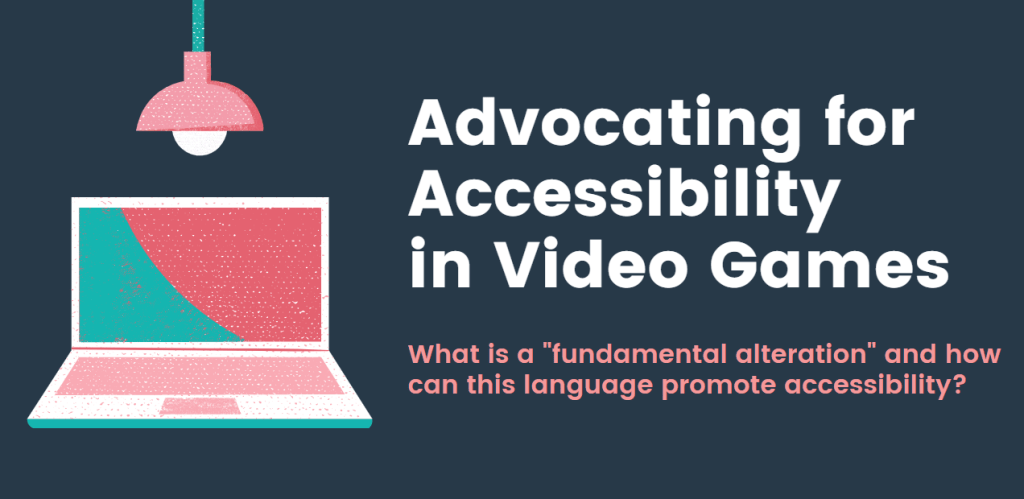
Have you ever been in a design meeting, and someone suggests a change or addition, only for another person to reply, “That would change the whole game!" or "That's not really part of the vision or concept”?
Well, maybe you have, maybe you haven’t. But as an Accessibility Specialist, this happens surprisingly a lot, and I’m sure many other passionate #A11y game developers feel similarly. Would adding more difficulty modes change the game? Would allowing players to adjust the HUD complicate the design? Why should developers add subtitles, anyway?

The Last of Us Part II (2020)
Sometimes, it’s hard to understand what would or wouldn’t change the core aspect of the game, especially in the midst of production, when many departments and teams must stay on the same page. Sure, we can say that accessibility is the right thing to do. And though many empathize, this reason alone may not be enough for stakeholders.
Recently, I’ve had #A11y advocates ask me how to handle these situations. Here is a helpful paradigm to assist you as you navigate these tough conversations with your stakeholders. It's the language I use when consulting large parent companies, all the way to small indie game studios. Please know that there is no singular approach, but I find this paradigm helpful in certain situations. And I hope sharing this information helps you as you advocate for games accessibility.
Define "Fundamental Alteration"
Show how "Fundamental Alteration" is primarily used outside of games
Apply "Fundamental Alteration" to four instances in games
Conclude thoughts

Microsoft XAC (2018)
A "Fundamental Alteration" is a change that is so significant that it alters the essential nature of the goods, services, facilities, privileges, advantages, or accommodations offered.
Let's take higher education, which is exemplary in the practice of accessibility. In postsecondary contexts, an accessibility-related accommodation is not a fundamental alteration, so long as the modification does not alter the fundamental nature of the course. For example, someone with a motor and/or cognitive disability may need more time to complete an exam. Is time a fundamental component of the class? For most, it is not. Students aren't being tested on their ability to solve a math problem under a time restriction, but rather their ability to solve the math problem in itself. Time is not a fundamental component. So typically, this request is reasonable, as the accommodation creates equal access without altering the nature of the overall assessment.

Student studying for exams.
On the flip side, if the modification significantly changes the required objectives or content of the curriculum, we would say that it may no longer be reasonable. Let's say we have a medical student who is taking a timed assessment on how to perform surgery. In this instance, time is considered a fundamental component, as students must prove they have the ability to perform tasks in a time frame (i.e. time is a fundamental component to surgery). A more complex example would be a deaf student requesting a sign language interpreter in a Spanish class. Generally, there are different, and more reasonable, accommodations that we could provide instead, such as a course curriculum substitution (i.e. take a culture/history course to gain the same/similar fundamental components).
All these examples are backed by US Case Laws, so if you are a nerd like me and want to learn more about that, check out the Disability Compliance for Higher Education newsletter.

Animal Crossing: New Horizons (2020)
The concept of a “fundamental alteration” can be similarly applied to games accessibility. We can ask: Would the accessibility feature fundamentally alter the nature of the video game?
Sounds kinda simple, right? Well, let’s apply the paradigm to a couple instances.
In CS:GO and Valorant, the playerbases consider listening to footsteps a skill. To many, the notion has not been challenged. Listening to footsteps has always been a part of FPS gameplay, who are we to think differently?
But is listening to audio a fundamental aspect of a first-person shooter?
Well, Epic Games says no. Back in 2018, Fortnite added the ability to toggle “Visualize Sound Effects” in the accessibility menu, which added visual cues for items/actions such as treasure chests, gliders, gunshots, and footsteps. Additionally, colors within the visualization helps distinguish which sounds are neutral vs. dangerous. Opacity is also used to indicate distance of the sound.
Through their decision, Epic Games showed that hearing is not a fundamental component for Fortnite, and as so, added exemplary accessibility into their battle royale. Though the UX is groundbreaking, it also challenges the notion of whether or not attentiveness to audio cues is a core component to the FPS genre.
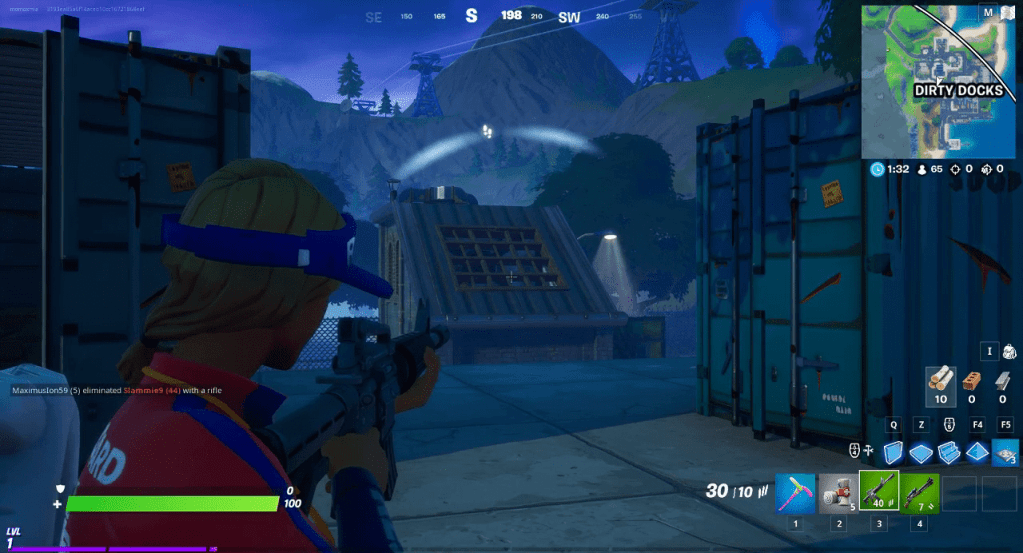
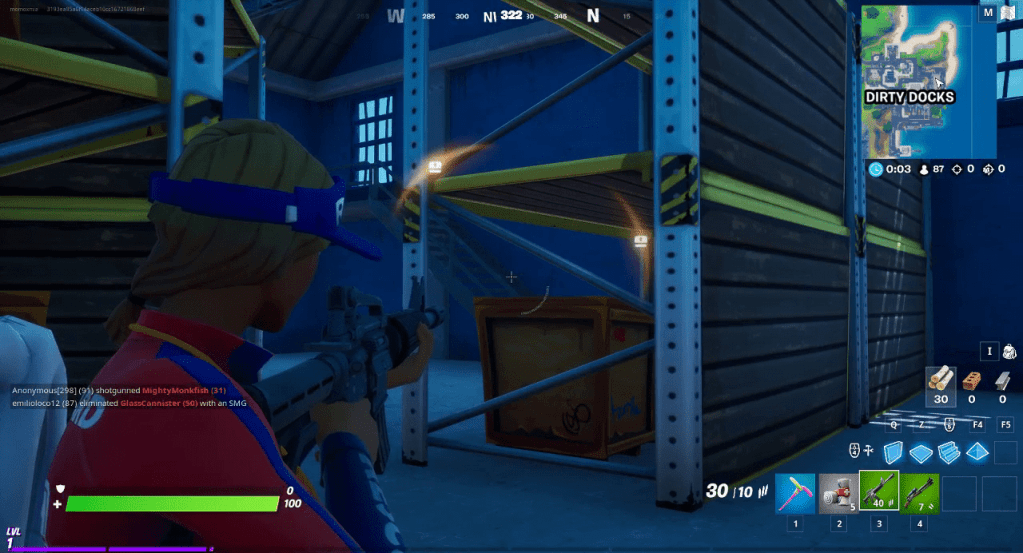
Fortnight (2020)
Let's take another example. In 2020, Ubisoft released Hyper Scape. Similar to Fortnite, this FPS includes three-dimensional combat, which calls for complex audio/visual cues. After consideration, developers at Ubisoft determined that audio is not a fundamental aspect of Hyper Scape.
As so, audio cues have directional indicators, which come in a variety of colors depending on the audio cue. Ubisoft took it one step further, making this a built-in component that is automatically implemented for the entire playerbase, thus following the standards of Universal Design.
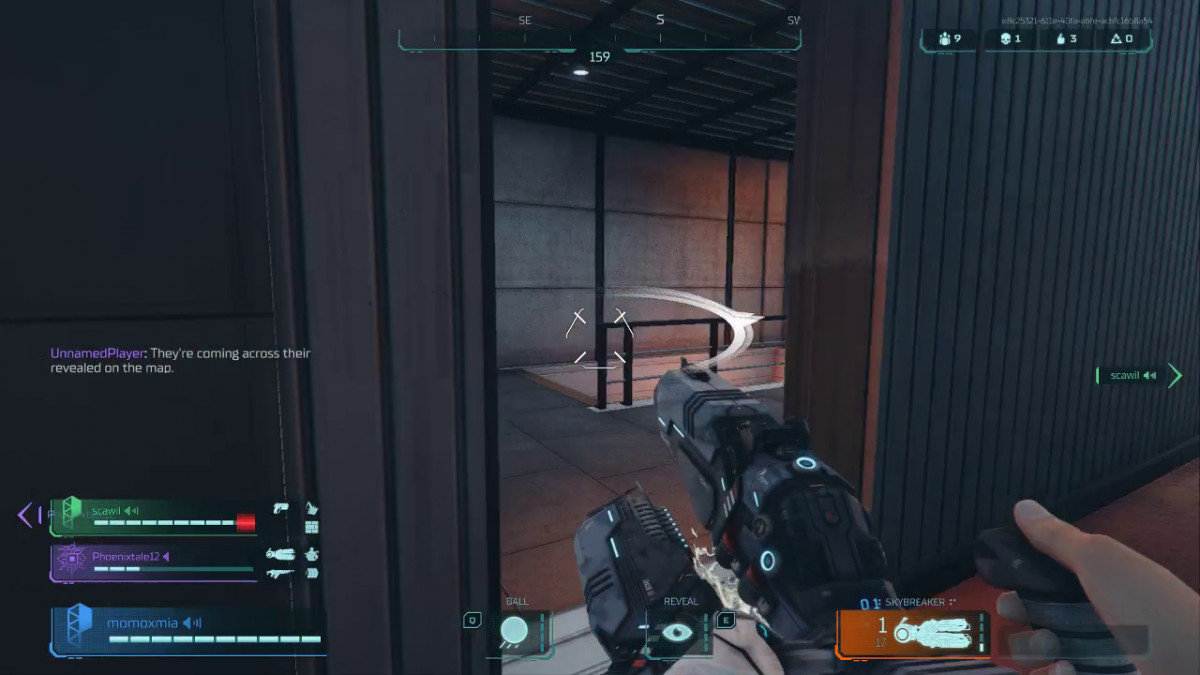
Hyper Scape (2020)
This may be one of the most controversial topics in games accessibility, thanks to a wide debate back in 2019 (a la Sekiro: Shadows Dies Twice). Still, the concept holds, as we can ask: Does adding more difficulty and/or assist modes alter the fundamental nature of the video game?
To many developers, no. For example, Guerilla Games includes a robust selection of difficulty settings with corresponding descriptions in their title, Horizon Zero Dawn. Settings range from a "story" driven playthrough all the way to an "ultra hard" experience. Director Mathijs de Jonge shared that this was purposeful, stating, "We wanted to have a certain level of accessibility and understandability for players." Though the combat may be one of the core components to Horizon Zero Dawn, the developers show through their decision that adding more difficulty modes does not fundamentally alter combat and mechanics.
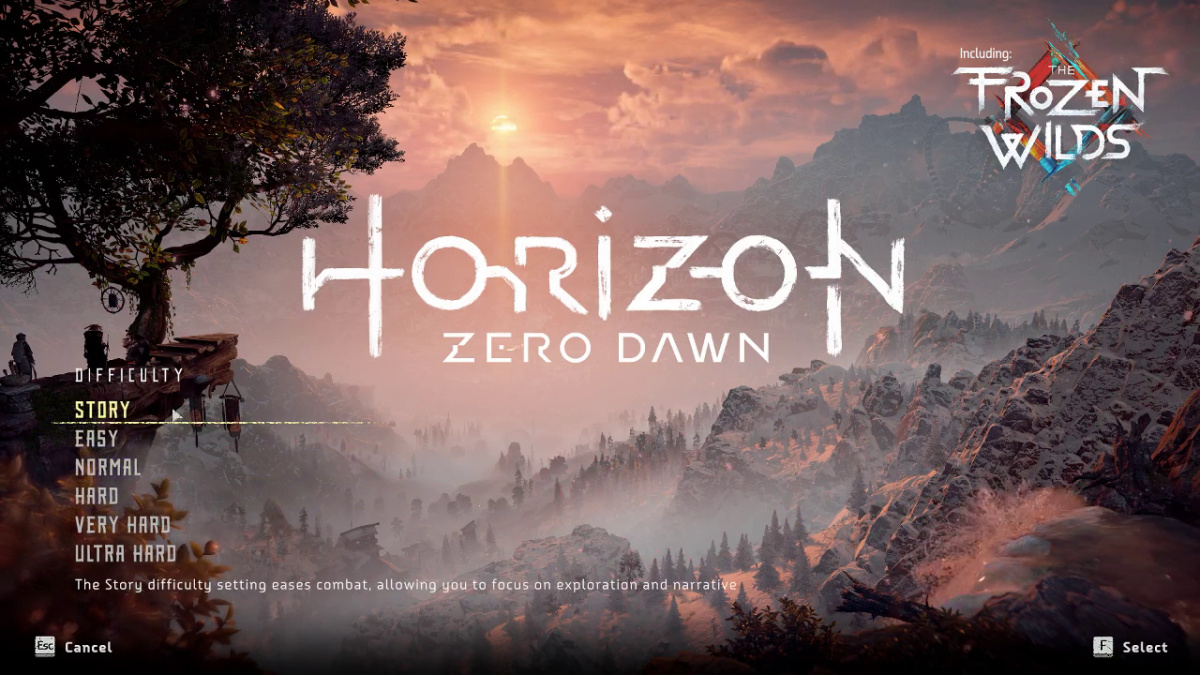
Horizon Zero Dawn (2020) for the PC
Keep in mind, difficulty adjustments can come in many shapes, sizes, and forms. Take Celeste as an example. After listening to the community and learning more about accessibility, Matt Makes Games decided that in-game assistance does not necessarily alter the fundamental components of their game, stating that though they "spent many hours fine-tuning the difficulty... we want to empower the player and give them a good experience."
The game does not include an apparent selection of difficulties like Horizon Zero Dawn or many other games. Instead, the creators added an Assist Mode, which allows players to adjust aspects such as speed, stamina, number of dashes, and overall invincibility. The design choice empowers gamers as they fine-tune the game to meet their individual needs.
The accessibility feature shattered the notion that difficult platforming games cannot implement extremely thorough in-game assistance. In fact, Matt Makes Games challenges all previous notions, sharing that "if Celeste is inaccessible to you due to its difficulty, we hope that Assist Mode will allow you to still enjoy it."
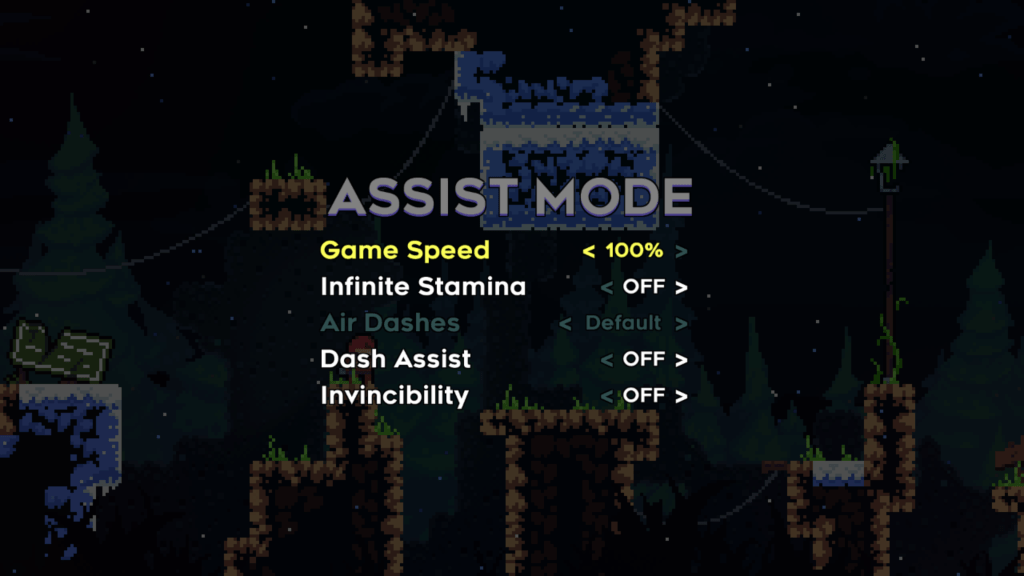
Celeste (2018)
We see this again in the rogue-like genre, where Sugergiant Games includes a God Mode in their award-winning title, Hades. God Mode essentially gives gamers a subtle, but impactful boost every time they die. Hades is praised for its narrative, and with this design choice, the game is genuinely more enjoyable to people of varying disability backgrounds, from motor and cognitive all the way to blind and low vision.
When asked about God Mode, Sugergiant Games shared, "We want the new God Mode in Hades to help open up the thrilling experience of playing rogue-likes to more folks out there, or just let you relax & enjoy our story."
Though rogue-likes may have previously been known for difficulty, and sometimes increasingly complex gameplay, Supergiant Games prioritizes their story and accessibility within the game's fundamental nature. In fact, since the only way to progress through certain narratives is dying, Hades cleverly uses the fundamental gameplay to make it generally more accessible.

Hades (2020)
Other honorable mentions include SOMA, Assassin's Creed Valhalla, and Watch Dogs: Legion.
Many games include some amount of memorization. However, many disabilities impact the ability to memorize items, routes, skills, and more. As so, we can ask: Is memorization a fundamental component of the video game?
Take Hearthstone as an example. Blizzard Games decided that memorization is not critical to Hearthstone's fundamental gameplay and therefore, allows players to use third party deck trackers while playing their online, collectable card game. Ben Brode, the previous lead designer, notes, "Any app that duplicates what you can do with a pencil and paper already is fine."

Hearthstone (2016)
Another example is Super Mario Odyssey. Players must hop from Kingdom to Kingdom, and memorizing the list of necessary tasks and multitude of in-depth maps is a genuinely strenuous feat. Nintendo decided that though the game encourages exploration, memorizing tasks and maps are not a fundamental component of Super Mario Odyssey. As so, players can use Assist Mode, which turns on arrows that guide the player to the point of destination and/or the next task.

Super Mario Odyssey (2017)
The last example is Red Dead Redemption 2. Similar to Super Mario Odyssey, Rockstar Games created a massive universe for players to explore, filled with many stories and adventures. However, attempting to memorize the complex routes in Red Dead Redemption 2 can sometimes pull playersout of the immersive storyline. Rockstar Games did not intend memorization to be a fundamental component of their game in this way, and as so, included a GPS for players. As an added plus, the GPS links very nicely to quests/waypoints and even includes an autopilot mode, for those would like to kick back and enjoy the scenery.

Red Dead Redemption 2 (2018)
Almost every game incorporates some sort of puzzle solving, whether it be small iterations or full levels. But is puzzle solving a fundamental component of the video game?
Ubisoft Quebec shows not always. In their open-world RPG, Immortals Fenyx Rising, the designers show through their decision-making that though the map is covered with intricate puzzles, the action of "puzzle solving" in itself is not a fundamental component of the game. As so, players have the option to turn on Puzzle Assistance, which includes a robust number of alterations and options. The Director of User Experience explains that they designed Immortals Fenyx Rising intending for "these options [to] provide an experience true to the team’s vision for the game.”
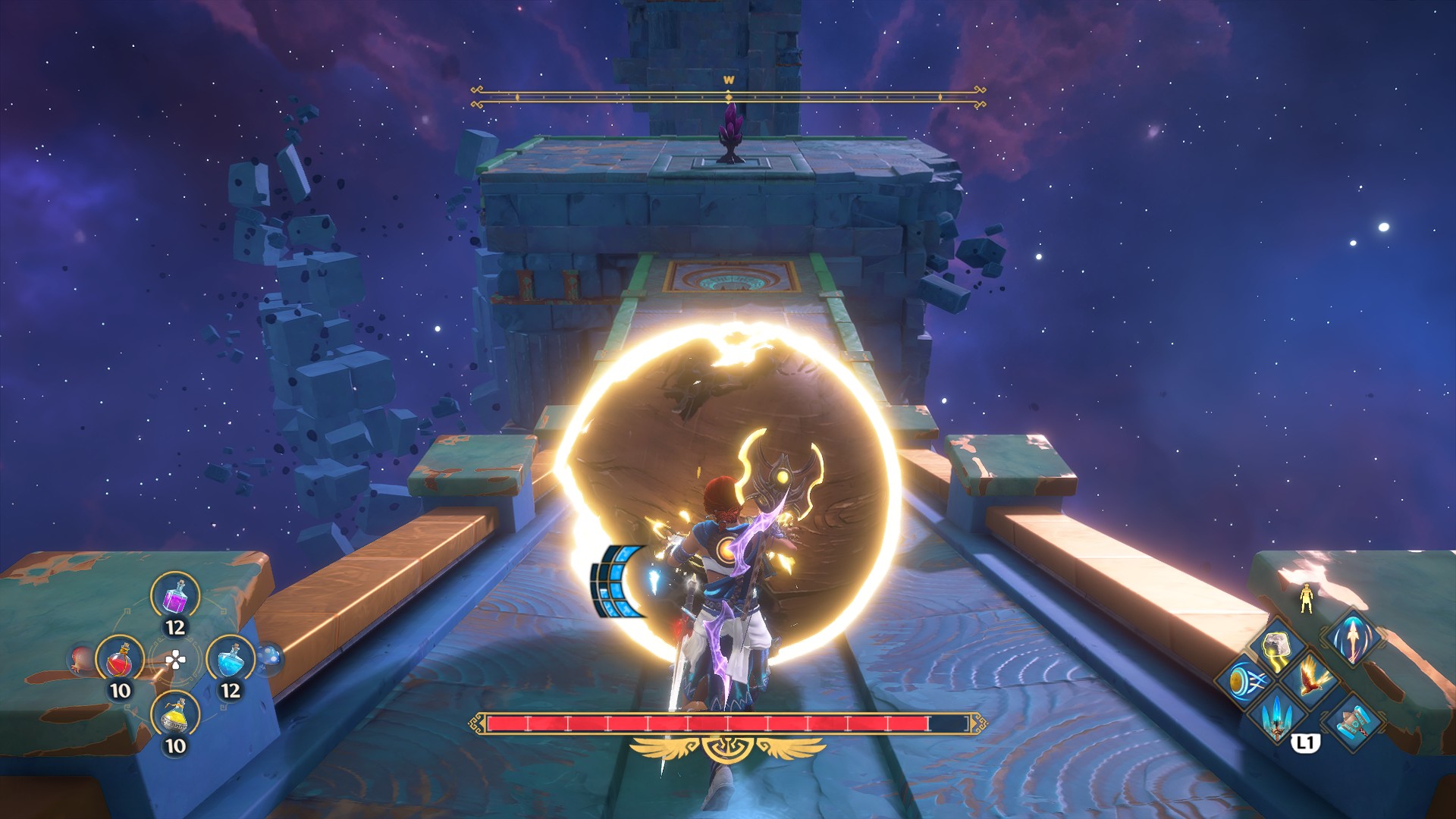
Immortals Fenyx Rising (2020)
Other times, puzzle solving assistance is built straight into the game. For example, in Naughty Dog's The Last of Us Part II, the characters will include dialogue to assist in finding the solution, such as suggesting the player to throw a rope over a fence. Similarly, Miles from Insomniac Games' Marvel's Spider-Man: Miles Morales will drop hints for players who are stuck on a puzzle. The choice to give puzzle hints is inherently an accessibility feature, and in the instance of both action-adventure games, hints do not fundamentally alter the nature of the game, as the primary focus for both games is the narrative and action components.

Marvels' Spider-Man: Miles Morales (2020)
To review, a "fundamental alteration" is a change in design that is so significant, it alters the core aspects of the video game. Whether you are a designer, programmer, artist, manager, producer, researcher, or any other role, this paradigm can assist you as you advocate for games accessibility in your next big title.
So next time you are in a meeting, ask: What are our games’ fundamentals? Does adding accessibility fundamentally alter the nature of the game? And if accessibility would hinder core components, is there a middle ground? When critically thinking about these questions, I think we will be surprised by what we learn.
Republished leahybaker.com (includes additional examples).
Read more about:
Featured BlogsYou May Also Like